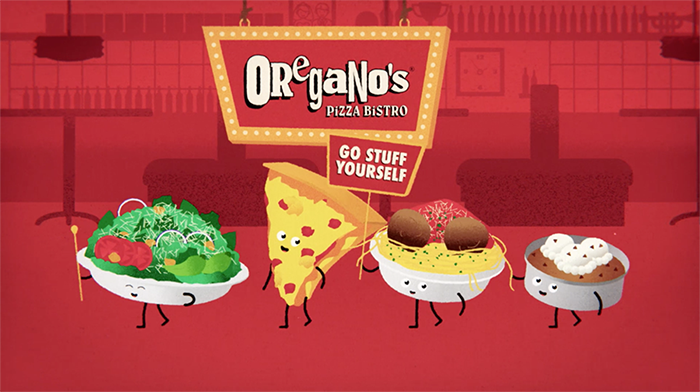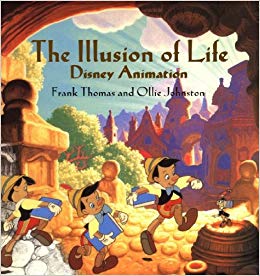Case Study: Harkins Camelview Takeovers
The year was 2015. Harkins Theatres was opening their new flagship theater: Harkins Camelview at Scottsdale Fashion Square. The new theater was spared no expense to create the ultimate movie going experience for their guests. The location included 14 luxury theaters with full reclining seats, a cocktail bar, a cafe with pastries and gelato, a […]
Case Study: Let’s All Go To Oregano’s

Back in 2018, as part of a greater branding campaign for our client, Oregano’s Pizza Bistro, the team at Anderson and I were tasked with creating a short :30 commercial that would get butts out of movie theater seats and into restaurant booths. We created this short :30 commercial to be played in movie theater […]
Tutorial: 12 Principles of Animation + Bouncing Ball Tutorial in After Effects

The 12 Principles of Animation, as penned by Frank Thomas and Ollie Johnston in their timeless book, “The Illusion of Life”, are cornerstones of any animator’s skill set. Originally written for use in Disney’s earlier cell-animation days, the principles survive even in today’s landscape of 3D, puppet rigs, motion graphics, and all other computer aided […]
